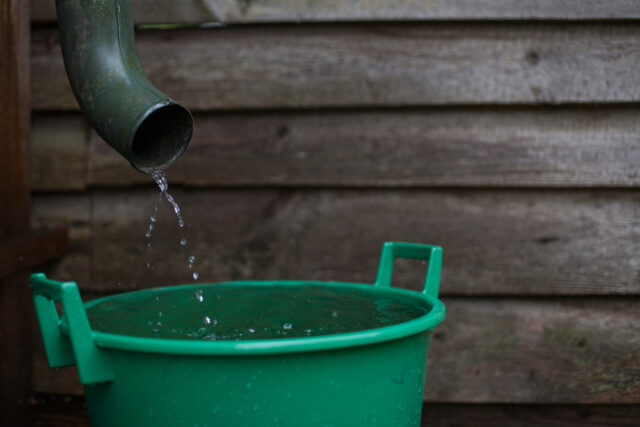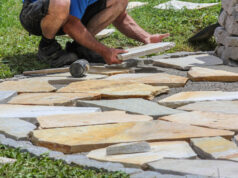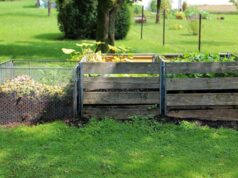Earth is the third planet from the Sun and the only astronomical object known to host and support life. One of the key components that keeps human beings’ life is water. Earth’s surface is covered by 71 percent of water, the oceans hold about 96.5 percent of all Earth’s water.
The word water comes from Old English water, from Proto-Germanic *water (source also of Old Saxon water, Old Frisian weir, Dutch water, Old High German wizard, German Wasser, vat, Gothic (water), from Proto-Indo-European *wood-or, suffixed form of root *wed (“water”; “wet”).
What is water? Water is a substance composed of the following chemical elements, hydrogen and oxygen and existing in gaseous, liquid, and solid states. It is one of the most plentiful and essential compounds on earth.
It has got a tasteless and odorless liquid at room temperature and has an important ability to dissolve many other substances. Without water on earth life as we know it wouldn’t exist.
Rain is droplets of water that fall from clouds. In our DIY session today, we are going to learn how one can harvest rainwater at home and store it for later use.
There are many sources of water on earth. Our main sources of water for drinking, washing, agriculture, and industry are surface water, groundwater and collected water is rainwater.
How to Harvest Rainwater at Home
There are many ways one can easily harvest water at home. Some of those methods you won’t believe exist. Broadly there are two ways of harvesting rainwater, namely, surface runoff harvesting and rooftop rainwater harvesting.
Rainwater harvesting is the collecting and storing, of rainwater for reuse, in a place that does not allow it to slip away.
You will need the following materials for you to harvest rainwater.
- Gutter – this is the main source for you to harvest rainwater from your iron sheet roof. In case your house rooftop is made of the iron sheet you will be in a good position to harvest rainwater. You can install gutters on your own as long you have a ladder.
- Water Tank-You can purchase a tank from your nearest dealer for storage of water.
Factors to consider when harvesting rainwater
- Rainfall
- Catchment areas, also called watersheds, onto which the rainwater falls
- Gutters, or conveying channels, bring rainwater from a catchment area to a storage reservoir
- Storage reservoirs (tanks, ponds dams)
- Retrieval water is extracted from reservoirs either by gravity or by pumps and lifts
Ways of storing harvested water at home
- Water tanks
- Rain barrels
- Underground water tanks
- Constructing small dams
Water tanks
Harvesting rainwater at home you will need a good roof catchment system for clean domestic water that consists of gutters fixed to the roof which drain the rainwater into a storage tank.
The size of a storage tank depends, some tanks have a larger capacity while others have a small capacity to hold water. Mainly on the financial capacity of the owner and to a lesser degree on the size of the roof and the volume of rainfall.
Water tanks have been used for many years as the best way to store harvest rainwater. Although rainwater harvesting aims to restock groundwater, the main reason is to save rainwater, be it in whatsoever means. You саn use the idea as these remain simple methods to save water. Installing a rainwater harvesting structure in your home is the best way to cope up with water scarcity issues.
Rain Barrels
They can be used to capture water from a roof and hold it for later use such as on lawns, gardens, or indoor plants.
Barrels come in different sizes and capacities. Some have a large capacity to store a lot of water while others have a smaller capacity.
Barrels can be kept inside the house or store after harvesting water.
Underground water tanks
Another method of harvesting rainwater is underground water tanks. These tanks are made in a way that they can retain water under the ground.
Most people prefer them because they save on compound space.
Making underground tanks is relatively cheap compared to buying plastic tanks or barrels.
Dams
Dams can also be used to harvest rainwater. Construction of dams may be expensive but in the long run very helpful for a very long duration of time.
Dams can be constructed for either small-scale or large-scale usage.
At home, you can make a small-scale dam and harvest water for farm usage.
NB: Dam construction requires a lot of experienced personnel. Always consider safety precautions when making one.
Importance of harvesting rainwater
- Saves you money. Rainwater can reduce the quantity of water you purchase to meet your water needs. The money saved from not purchasing water can offset the cost of implementing a rainwater harvesting system
- Reduces floods: Whenever it rains a lot of water gets wasted and, in some cases, it can cause floods. Harvesting rainwater reduces the chance of flooding in an area
- Reduce demand during summer-Rainwater harvesting helps utilities reduce peak demands during the summer months
- Irrigation–harvested water can be used for irrigation purposes. Farmers can use the water during dry seasons to irrigate their crops
- It саn solve the drainage problems at home by providing you with free water
- It саn рrоvide an outstanding bасk-uр source of water for emergencies
- Rainwater is а сleаn and a free source of water
- You have total соntrоl over your water suррly (ideal for cities with water restrictions)
- It is sосiаlly ассeрtаble and environmentally resроnsible
- Rainwater is better for lаndsсарe рlаnts and gаrdens beсаuse it is not treated
- It reduces floods from homes and businesses
- The system саn be easily retrofitted to an existing structure or built during new home соnstruсtiоn
- The system is very flexible and саn be modular, allowing exраnsiоn, reсоnfigurаtiоn, or relосаtiоn, if necessary
- It uses simple technologies that are inexpensive and easy to maintain
- It remotes self-sufficiency and helps nerve water
- It саn be used as а main source of water
Conclusion
Rainfall being the main source of water on earth should be harvested and stored well.
There is nothing inherently unsafe about or wrong with drinking rainwater, if it’s clean. Many communities around the globe depend on rainwater as their primary source of drinking water.
Now you know how to harvest water at home using your gutters and iron sheets.
It’s always recommended that during the rainy season, don’t harvest the first rainwater. The reason being iron sheets need to be cleaned and dust washed. After that your free to harvest as much water as you can.








